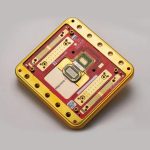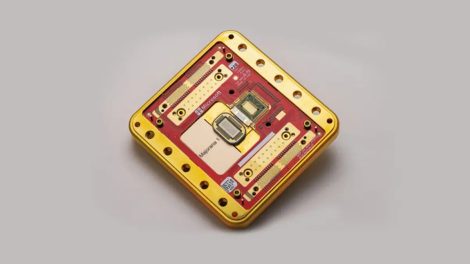Apple has introduced crash detection technology in both the iPhone and Apple Watch, designed to detect severe car accidents and automatically notify emergency services. This feature is a major step forward in personal safety, allowing you to get help quickly when you might be unable to call for assistance yourself. If you use an iPhone or an Apple Watch, setting up crash detection ensures that you can rely on your device to alert first responders in case of a serious accident.

Crash detection is available on iPhone 14, iPhone 15, and their Pro models, as well as on Apple Watch Series 8, Apple Watch SE (2nd generation), and Apple Watch Ultra. This feature uses advanced motion sensors, including an accelerometer and gyroscope, along with sophisticated algorithms trained on crash data. Apple developed this technology by analyzing real-world accident scenarios, ensuring that your device can distinguish between minor bumps and life-threatening crashes.
To enable crash detection on your iPhone, you must go into the settings and ensure that Emergency SOS is properly configured. This includes adding emergency contacts and making sure location services are enabled so that responders can find you. On the Apple Watch, crash detection is automatically enabled when paired with a compatible iPhone. However, if you frequently engage in activities that involve sudden movements, such as extreme sports, you may want to check your settings to prevent false alarms.
When a severe car crash is detected, your iPhone or Apple Watch will sound an alarm and display an emergency alert. You have 10 seconds to dismiss the alert if no help is needed. If you do not respond, the device will automatically call emergency services and share your location with them. Additionally, your emergency contacts will receive a message informing them of the crash and your location. This system is designed to work seamlessly, providing you with the best chance of receiving timely medical assistance.
Apple’s crash detection technology relies on a combination of sensors and data processing techniques. The high-G accelerometer measures the extreme forces experienced during a crash, while the gyroscope detects rapid changes in orientation. Microphones also play a role by listening for the distinct sounds of a collision, such as the impact of metal. Machine learning algorithms analyze all this data in real-time to determine if a crash has occurred. Apple has extensively tested this system to reduce false positives, ensuring that routine movements, like dropping your phone, do not trigger an emergency call.
One important aspect of crash detection is the integration with Apple’s Emergency SOS feature. This service allows you to quickly call for help by pressing and holding the side button and one of the volume buttons on your iPhone. If you have an Apple Watch, pressing and holding the side button will activate Emergency SOS. This feature works even if you are unconscious or unable to reach your device, making it a critical tool in emergencies.
If you drive frequently, especially in areas with limited medical access, enabling crash detection can be a lifesaving decision. Apple designed this feature to work with minimal user intervention, so once it is set up, you can trust it to function when needed. However, it is essential to keep your iPhone and Apple Watch updated with the latest software to ensure that crash detection works optimally. Regular software updates include improvements to the crash detection algorithm, making it more accurate over time.
In addition to calling emergency services, crash detection can also provide critical information to first responders. When a call is placed, your device can transmit details about the crash, including its severity and location. This information helps emergency personnel assess the situation before they arrive, allowing them to bring the necessary medical equipment. In some cases, this rapid response can make the difference between life and death.
Although crash detection is a highly advanced feature, Apple acknowledges that it is not infallible. In rare instances, it may fail to detect a crash, or it may trigger a false alarm. To minimize the risk of false alerts, Apple continues to refine the technology, using feedback from real-world incidents. If you experience a false alarm, you can provide feedback through the iPhone’s settings to help Apple improve the system.
Privacy is a significant concern when using safety features like crash detection. Apple has designed this feature with user privacy in mind, ensuring that your location and emergency contacts are only shared when necessary. Crash detection does not continuously track your movements; it only activates when a potential crash is detected. Additionally, data collected from crash detection is anonymized and used solely to improve the feature.
For those who rely on Apple devices for personal safety, crash detection is an invaluable tool. Whether you drive long distances or commute daily, having a system that can automatically call for help in an emergency provides peace of mind. While no technology can replace traditional safety measures, such as wearing a seatbelt and driving cautiously, crash detection adds an extra layer of protection.
Ensuring that crash detection is correctly set up on your iPhone and Apple Watch is straightforward. In the Settings app, navigate to Emergency SOS and review your emergency contacts. Make sure that location services are enabled so that responders can find you if an accident occurs. If you own an Apple Watch, check the Watch app on your iPhone to confirm that crash detection is active. Taking these simple steps can enhance your safety and provide reassurance that help will be on the way if you ever need it.









